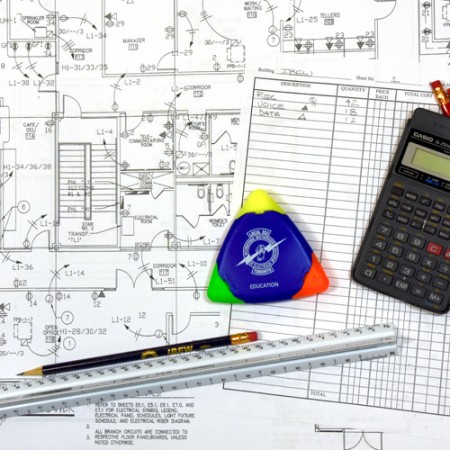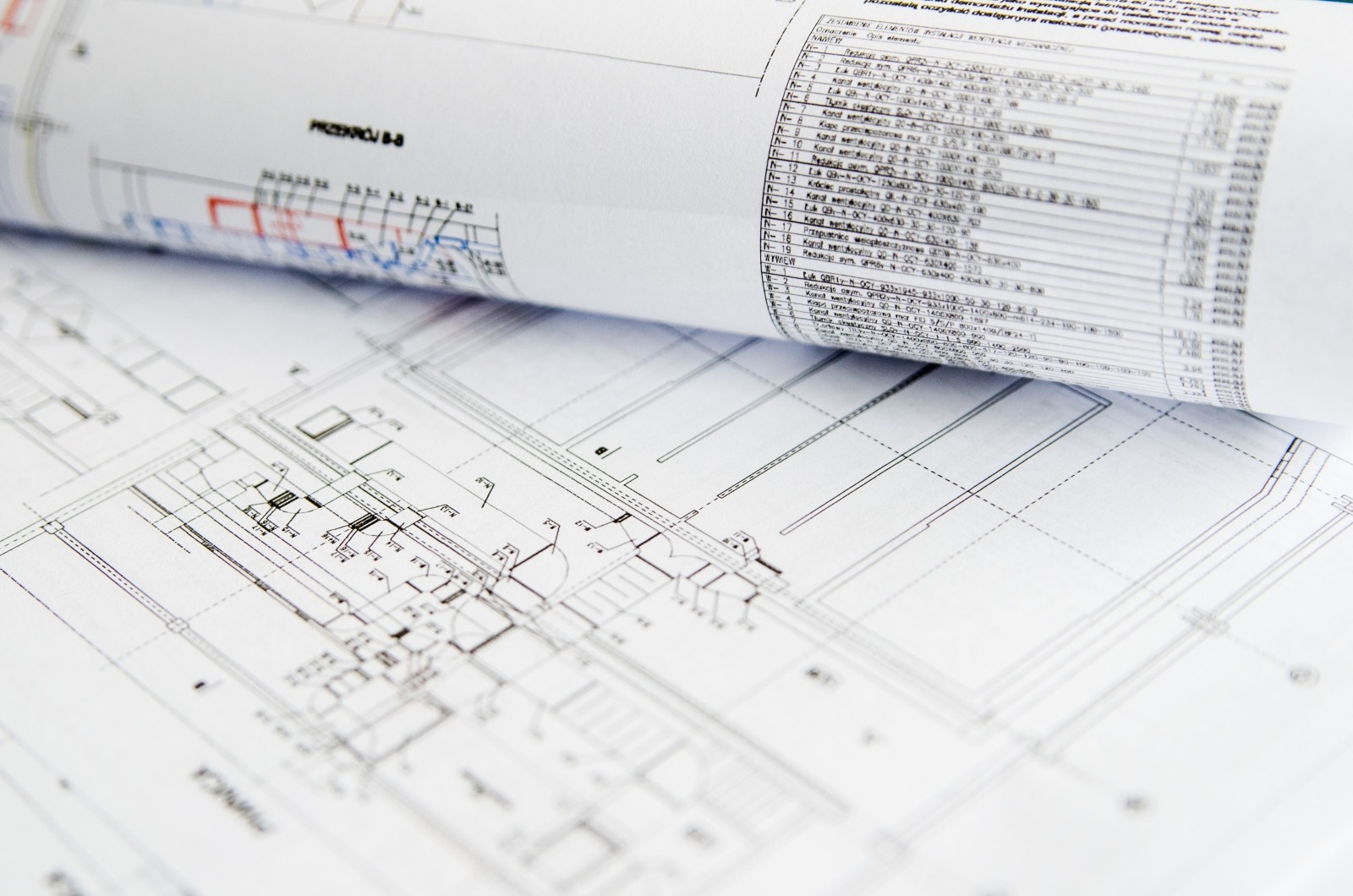Advanced Techniques in Electrical Cost Estimation

Introduction
When it comes to electrical work, accurate cost estimation is crucial for both the success of your business and the satisfaction of your customers. As an electrical contractor, understanding how to estimate electrical work is a critical skill that can make or break your projects. In this article, we will explore advanced techniques in electrical cost estimation that will help you provide competitive pricing, win the trust of your customers, and grow your business.
The Importance of Estimates
Estimates play a vital role in any trade work, including residential electrical work. Your estimate is often the first impression your customers have of your business, so it's important to get it right. By providing accurate estimates, you can:
- Have a better understanding of the project scope.
- Determine the materials and labor needed for the job.
- Create a realistic budget.
- Ensure profitability on every project.
While estimates are subject to change, it's essential to present your customers with an estimate rather than a quote. Just like the estimation that provided by the electrical estimation on New York. A quote is the exact price that your customer will pay for your services, while an estimate allows for variation once the project is underway.

Electrical Estimating Methods
Estimating electrical work can be approached using various methods, depending on the complexity and size of the project. Here are some commonly used electrical estimating methods:
Per-Point Method
The per-point method is often used for smaller or simpler projects. It involves assigning a fixed price for each electrical point in the system, such as lighting fixtures, outlets, switches, and wiring. By itemizing each point, you can calculate the total cost of the project more easily.
Labor Unit Method
The labor unit method focuses on the labor involved in a job and estimates the time required to complete each part of the electrical work. This method takes into account the complexity of the project and is suitable for a variety of projects.
Pre-Build Method
The pre-build method involves creating a detailed estimate or proposal before the actual construction begins. It requires assessing the project based on the square footage of the area and the resources needed. This method provides a more accurate budget and allows for better planning.
Design and Construct Method
The design and construct method combines both the design and construction teams as a single point of contact for the client. It is effective for complex projects where the design significantly influences the electrical work.
Guesstimate Method
The guesstimate method is the least formal way of estimating electrical work and is typically used for very small or informal jobs. Contractors rely on their experience and intuition to provide a quick estimate of the cost.
How to Estimate Residential Electrical Work
Estimating residential electrical work follows a similar process to estimating commercial projects but with some specific considerations. Here are the key steps to estimate residential electrical work:
Pre-Bid Planning and Review
Before estimating residential electrical work, it's essential to plan and review the project's scope. Consult with the customer to understand their preferences and budget. Identify any potential challenges or obstacles that may affect the cost and timeline of the project.
Review the Electrical Plans
Thoroughly review the electrical plans for the house to quantify the specifics of the work. Consider factors such as the type and brand of electrical materials, accessibility and layout of the work area, electrical code compliance, and any safety concerns or risks. Ensure that your estimate includes any warranties or guarantees offered by yourself or the manufacturer.
Estimate the Cost of Materials
Estimating material costs for residential projects requires an understanding of market rates for electrical components in your geographic location. Building strong relationships with electrical suppliers can help reduce material costs. Consider additional expenses such as drywall installation or paint costs if they are necessary for the project.
Calculate Hourly Labor Cost
The number of electricians needed for a residential project depends on the timeline and complexity of the work. Consider any required permits or inspections that may extend the project's duration. Adjust your labor costs based on regional labor rates and include any subcontractors if necessary.
Add Overhead and Profit
Include overhead costs, such as transportation, equipment, and tools, in your estimate. Overhead typically accounts for 13-20% of total sales costs. Determine your profit margin based on average prices for electrical work in your area and your desired profitability. Ensure that your estimate covers all the costs associated with the project.
How to Estimate Commercial Electrical Work
Estimating commercial electrical work involves similar steps to estimating residential projects but with some additional considerations. Here's how to estimate commercial electrical work:
Review the Electrical Plans
Thoroughly review the electrical plans to understand the complexity and requirements of the project. Consider factors such as the type and brand of electrical materials, accessibility and layout of the work area, electrical code compliance, and any safety concerns or risks. Ensure that your estimate includes any warranties or guarantees offered by yourself or the manufacturer.
Estimate the Cost of Materials
Estimating material costs for commercial projects requires an understanding of market rates for electrical components in your geographic location. Consider the impact of sourcing materials from different suppliers on your overhead costs. Building strong relationships with electrical suppliers can help reduce material costs.
Calculate Hourly Labor Cost
The number of electricians needed for a commercial project depends on the timeline, complexity, and size of the project. Consider any additional expenses for unforeseen issues, permits, inspections, and any required certifications. Adjust your labor costs accordingly.
Add Overhead and Profit
Include overhead costs, such as transportation, equipment, and tools, in your estimate. Overhead typically accounts for 13-20% of total sales costs. Determine your profit margin based on average prices for electrical work in your area and your desired profitability. Ensure that your estimate covers all the costs associated with the project.
Conclusion
Accurate electrical cost estimation is a vital skill for any electrical contractor. By following the advanced techniques outlined in this article, you can provide competitive pricing, win the trust of your customers, and grow your business. Remember to choose the right jobs, confirm the specifications, review the drawings, perform a material takeoff, calculate labor costs, create your estimate, add overhead and profit, build a comprehensive proposal, double-check your numbers, and present your estimate or quote clearly and professionally. With these techniques, you'll be well-equipped to estimate electrical work accurately and complete your projects.

No comments yet